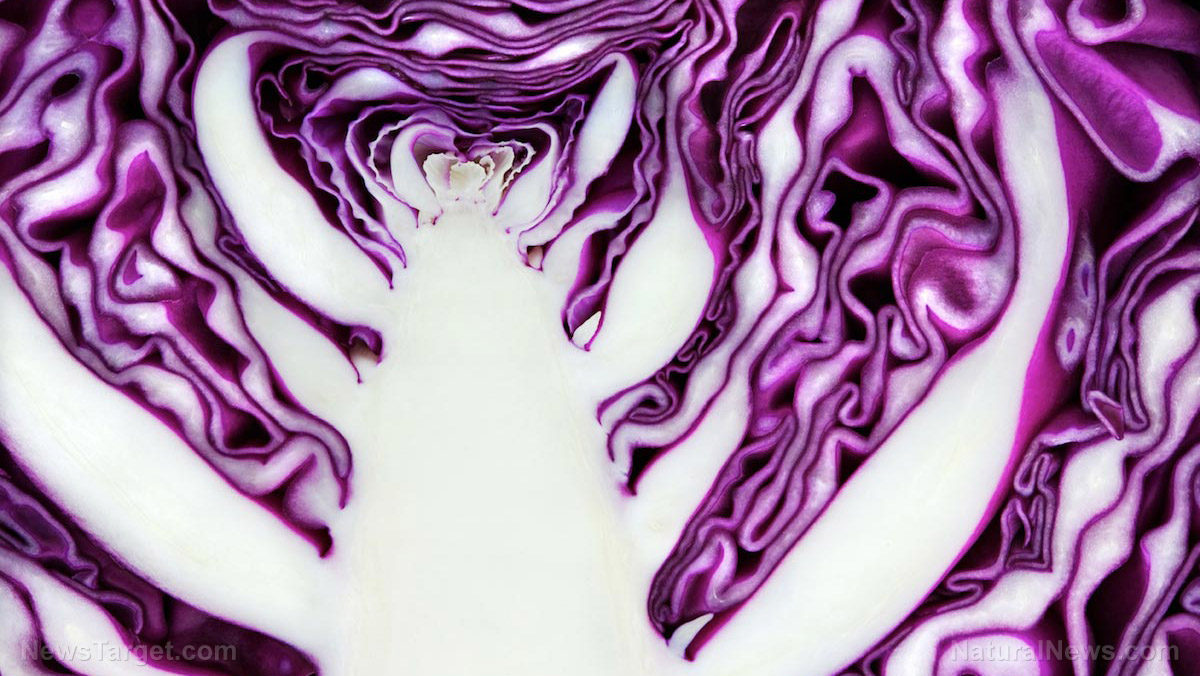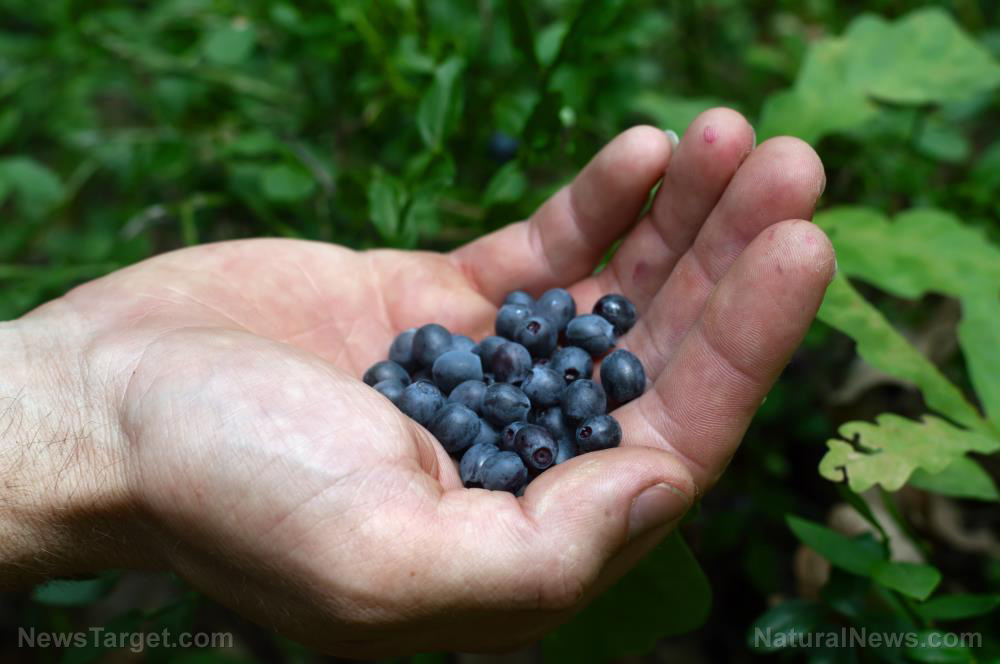
Advertisement
Tired of plain old slaw? Use purple cabbage! Sometimes called red cabbage, this vibrant vegetable is brimming with plant pigments that double as antioxidants, giving it an edge over the green ones we all know and love.
The purple color of the cabbage also comes from the pH level of the soil it was grown in, not just the pigments. In fact, purple cabbage is often used as a pH indicator since it changes color depending on the pH levels of its surroundings. Plus, purple cabbage stores better and boasts a spicier flavor than the normal green cabbage.
Reasons to eat purple cabbage
Purple cabbage does more than just add a pop of color to your salads, stews and grain bowls. Take a look at the amazing benefits of purple cabbage:
1. Provides essential nutrients
Purple cabbage is low in calories, which makes it an ideal weight-loss food. But this vegetable lacks for nothing when it comes to nutrition. Just one cup or 89 grams (g) of raw purple cabbage contains the following:
- Vitamin C – 56 percent of the daily value (DV)
- Vitamin K – 28 percent of the DV
- Vitamin A – 6 percent of the DV
- Vitamin B6 – 11 percent of the DV
- Thiamine – 5 percent of the DV
- Potassium – 5 percent of the DV
- Riboflavin – 5 percent of the DV
Purple cabbage also has small amounts of iron, calcium, magnesium, phosphorus, copper and zinc.
2. Contains powerful plant compounds
Purple cabbage also has a wealth of powerful plant compounds, such as carotenoids and flavonoids. They work to protect your cells from damage caused by oxidative stress.
Anthocyanins, the pigments that give purple cabbage its bright purple color, also work as antioxidants. Studies also show that the antioxidant levels of purple cabbage are 4.5 times higher than those found in the green varieties.
3. Lowers inflammation
Purple cabbage also helps lower inflammation because of its antioxidants. One test-tube study showed that the vegetable reduced markers of inflammation in the gut by 22–40 percent.
Sulforaphane, a sulfur-rich compound that’s released when cabbage is cut, can also fight inflammation. Recent animal studies indicate that it may be largely responsible for the anti-inflammatory properties of purple cabbage. Plus, purple cabbage leaves have been shown to reduce pain, swelling and discomfort.
4. Supports heart health
Sulforaphane in purple cabbage supports healthy heart function. Flavonoids and anthocyanins also protect the heart from inflammation, which is thought to contribute to heart disease. In fact, one study showed that women who regularly ate anthocyanin-rich foods had an 11–32 percent lower risk of a heart attack.
5. Helps maintain strong bones
Purple cabbage contains nutrients that keep your bones strong, such as calcium and vitamins C and K. Vitamin C plays a role in bone formation and protects your bone cells from damage. Recently, vitamin K was also found to play a role in bone formation as well. Calcium, on the other hand, accumulates in your bones.
6. Can protect against certain cancers
Purple cabbage may help lower your risk of developing certain cancers. Research suggests that sulforaphane in purple cabbage and other cruciferous vegetables can ward off cancers of the breast and colon. Some studies also suggest that anthocyanins in purple cabbage may have similar cancer-fighting properties.
7. Improves digestive health
Purple cabbage contains fiber, which is essential for good digestive health. Fiber keeps food moving along your gut so that you don’t experience issues like bloating or constipation. Fiber also serves as food for the good bacteria in your gut. They keep bad bacteria under control and stop them from causing infections.
8. Can be added to all kinds of diets
Purple cabbage is an extremely versatile vegetable. You can enjoy it raw with other salad greens or steam it and use the leaves to make vegan spring rolls. You can pickle purple cabbage to make sauerkraut or kimchi or braise it with wine and vinegar for a flavorful side dish. It can also be roasted or sauteed with meat.
How to prepare purple cabbage
Purple cabbage draws its power from its nutrients and beneficial compounds. But take note that cooking might alter the vegetable’s nutrient content for worse. Here are a few tips on how to prepare purple cabbage:
- Choose the best purple cabbage. A good purple cabbage should feel heavy. Its leaves should be crisp and brightly colored as well. Stay away from purple cabbages that have puffy leaves or outer layers removed.
- Prepare as you would a green cabbage. As far as prepping the actual cabbage goes, purple cabbage is actually easy to prepare. Start by stripping off the outer leaves as usual. Wash the head well. Slice it into quarters and cut out the hard core on each one. Discard those and chop or shred the quarters.
- Use vinegar. Cooking reduces the anthocyanin content of purple cabbage, resulting in duller leaves. If you want to retain the leaves’ color even as you cook them, add a touch of vinegar to the water. This prevents the cabbage’s deep, purple hue from fading.
- Use a light hand. Don’t be too heavy-handed with your cabbage. It’s a sturdy vegetable, but it can lose its subtle, peppery flavor if it gets handled too roughly. Over-boiling or pickling can also affect the cabbage’s flavor and quality.
Purple cabbage is a nutrient-dense and versatile vegetable with a wide range of health benefits to offer. To reap these benefits, incorporate purple cabbage into your diet today by adding it to your salads, roasts and more.
Sources:
Advertisements







